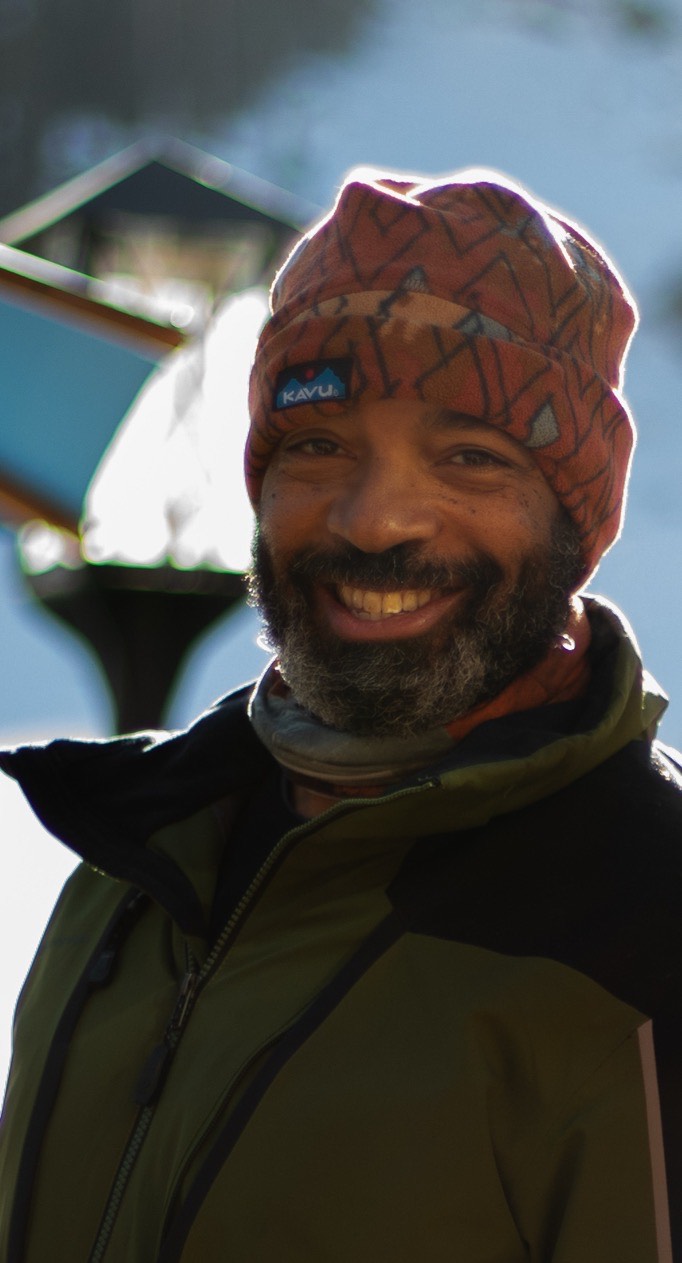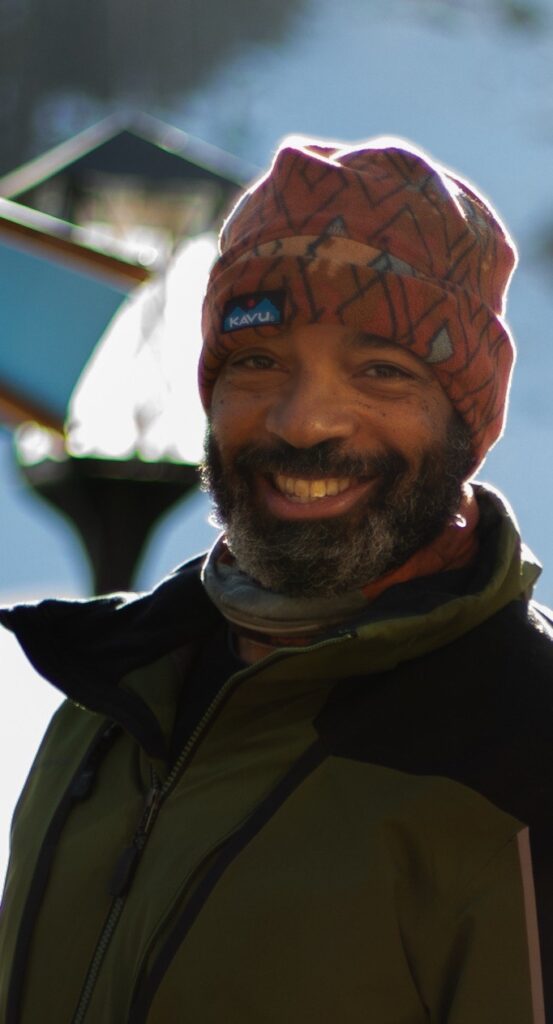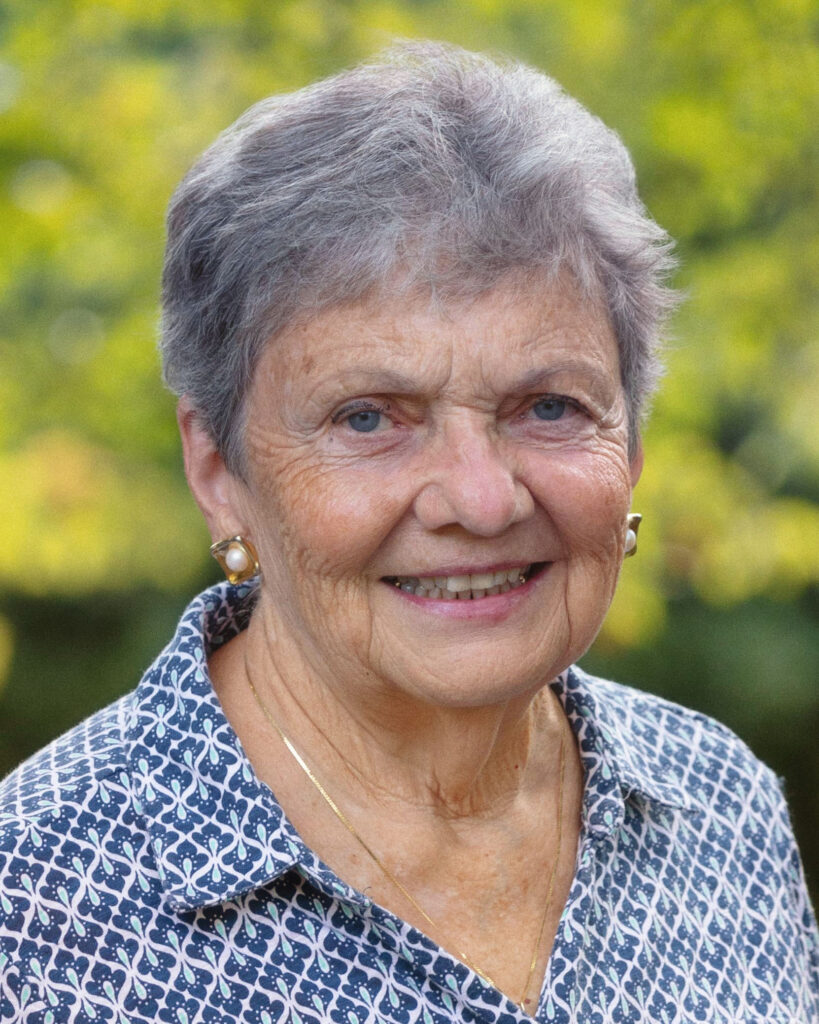
Peace Hill Retreats for Clergy
Peace Hill Retreats for Clergy
This year, Peace Hill at Avila has hosted a series of retreats to support clergy facing unprecedented challenges. Organized by board members including Revs. Mel Williams, Chalice Overy, and Racquel Gill, and Peace Hill volunteer Rev. Lori Pistor, over 40 clergy have gathered to form connections, find grounding, and hold space for restorative and contemplative practices.

The final clergy retreat in 2025, led by Rev. Dr. Dumas Harshaw, will focus on the teachings of Rev. Dr. Barbara Holmes, author of Crisis Contemplation and other books on contemplative life. The retreat will explore spiritual practices inspired by Dr. Holmes and provide times for quiet contemplation and conversation, as well as a Tai Chi practice led by Board Chair Sister Evelyn Craig.
Co-sponsored by the Resource Center for Women and Ministry in the South and Duke University Chapel, this event series connects to Peace Hill’s roots in providing support and rejuvenation for spiritual leaders, as well as the history of Avila Center for Community Leadership.
“In 1957, Avila began as a monastery devoted to deepening the inner life,” Mel said. “Peace Hill seeks to continue that legacy.”
In addition to deepening the work of Peace Hill, this event responds to the current moment, as clergy navigate increasing tensions and division.
“Given the current divisions in our country and how clergy leaders face enormous challenges in the era of anxiety, fear, and anger as they help to guide their flocks, we proposed that Peace Hill be a resource for weary clergy,” Lori said. “Through a series of three retreats, Peace Hill has provided opportunities for clergy to find encouragement and guidance from local contemplative leaders, Revs. Paul Lang, Chalice Overy, and Racquel Gill.”
The retreats have served as important opportunities for clergy to find both guidance and community.
“We were hopeful it could be a space offline where clergy could strategize and share best practices of how we are navigating the current political climate,” Racquel said.
Vanessa Hawkins, spiritual director at Hush Harbor Center for Soul Care, emphasized the importance of both rest and connection for clergy.
“These retreats have been deeply enriching experiences,” she said. “They’ve helped me recharge, nurture my spiritual life, and form supportive relationships with other clergy. The blend of guided practice, gracious hospitality, and genuine community has made each one truly memorable.”
Rev. Dr. Cathy S. Gilliard, former senior minister at Park Avenue United Methodist Church in New York, NY, expressed appreciation for the opportunity to engage with a diverse group of clergy from across the state.
“It was diverse along denominational lines, ethnicity, age, background, thought, and experience,” she said. “I also appreciated the diversity of the program itself that included music, art, reflection, and conversations in small groups.”
Registration is currently open for the final gathering of 2025, Calm in the Chaos, which will take place on Wednesday, November 5.



















